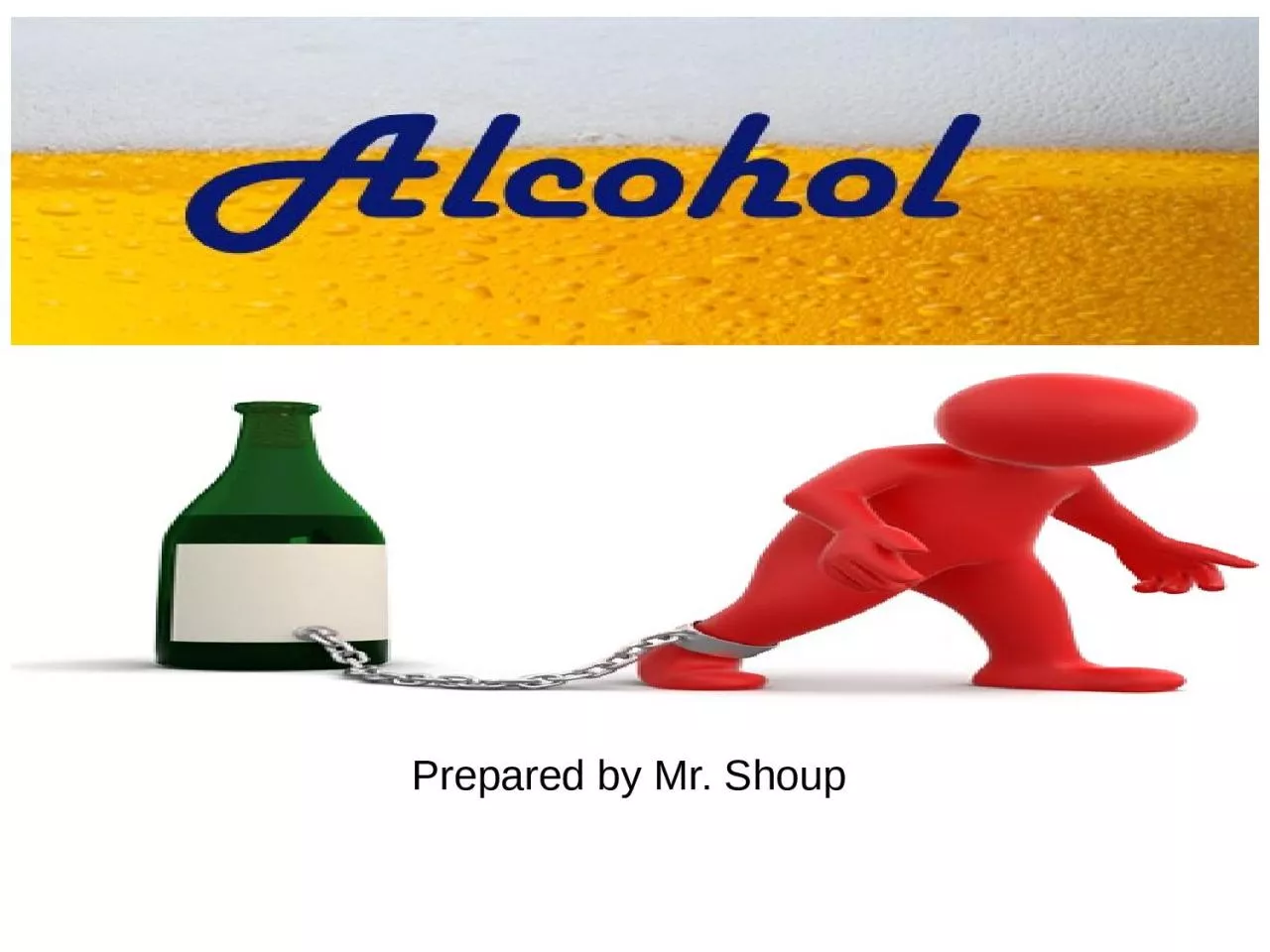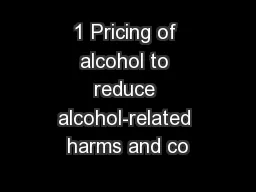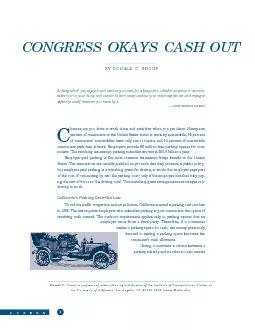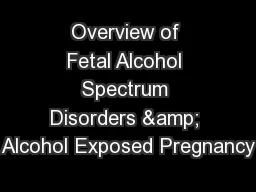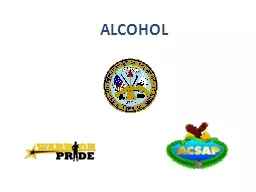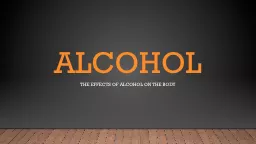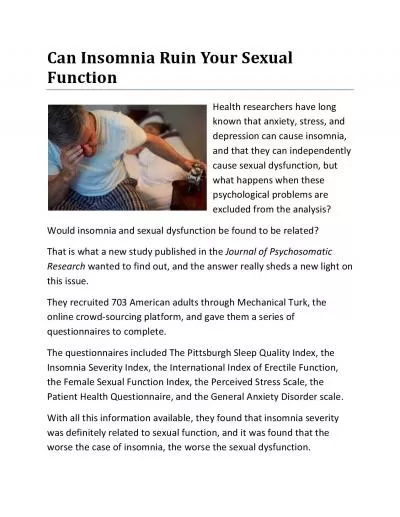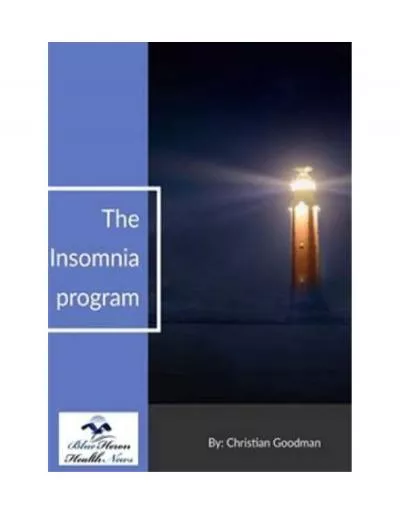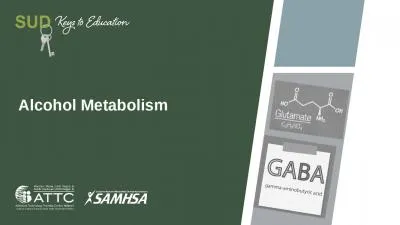PPT-Prepared by Mr. Shoup ALCOHOL
Author : angelina | Published Date : 2024-01-03
ETHYL C 2 H 6 0 or C 2 H 5 OH 1 KILLER FOR TEENS IN THE UNITED STATES 1825 college kids loss their life each year 4000 die from alcohol overdose per year under
Presentation Embed Code
Download Presentation
Download Presentation The PPT/PDF document "Prepared by Mr. Shoup ALCOHOL" is the property of its rightful owner. Permission is granted to download and print the materials on this website for personal, non-commercial use only, and to display it on your personal computer provided you do not modify the materials and that you retain all copyright notices contained in the materials. By downloading content from our website, you accept the terms of this agreement.
Prepared by Mr. Shoup ALCOHOL: Transcript
Download Rules Of Document
"Prepared by Mr. Shoup ALCOHOL"The content belongs to its owner. You may download and print it for personal use, without modification, and keep all copyright notices. By downloading, you agree to these terms.
Related Documents

